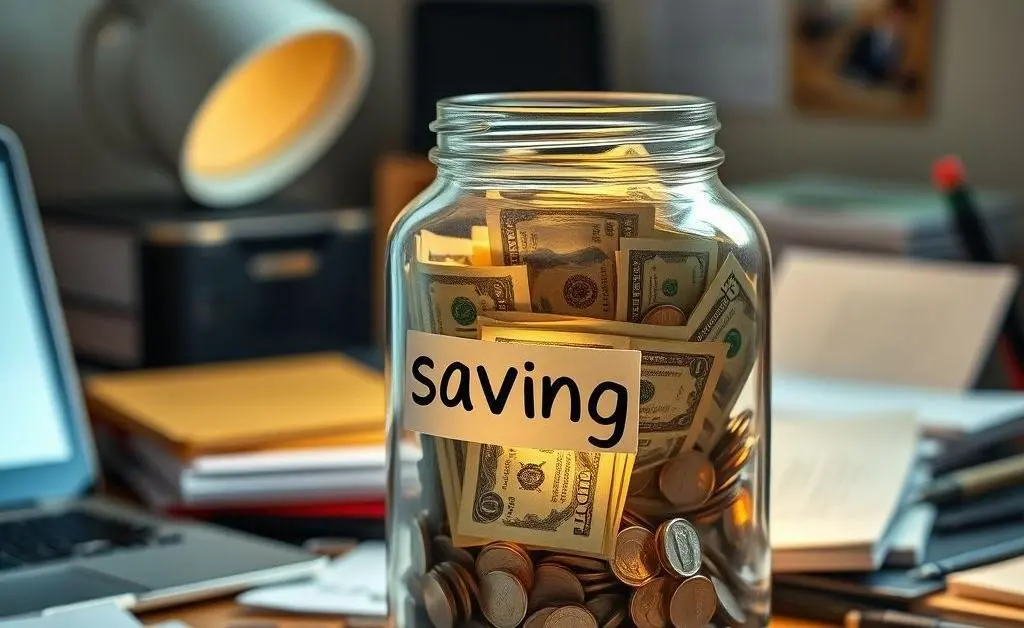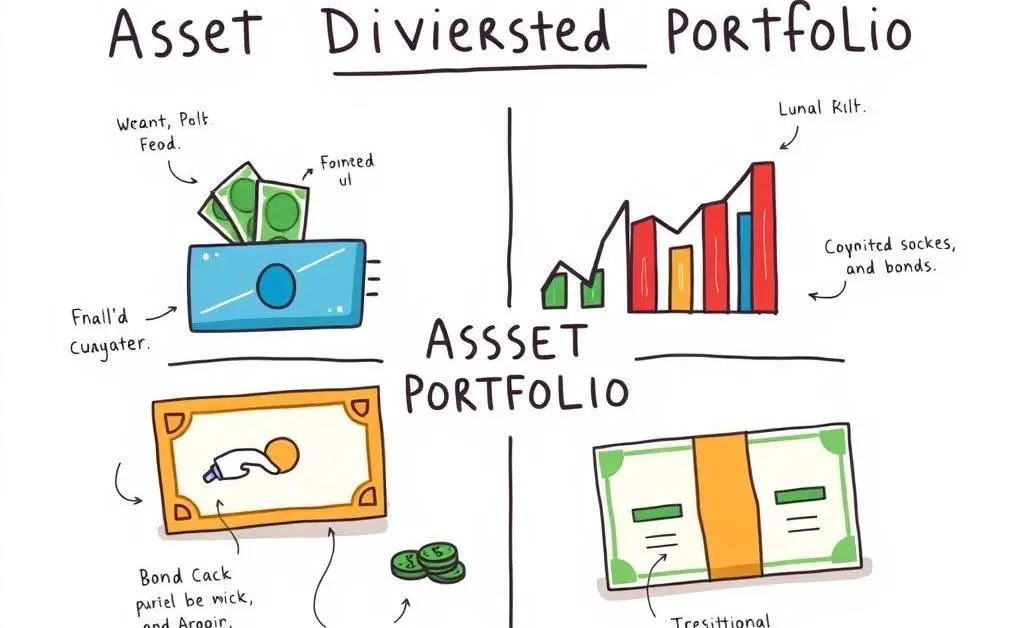How Much Cash Should We Really Keep on Hand for Market Crashes?
Explore insights on smart cash reserves to navigate market uncertainties.

Are you prepared for the next market crash? Financial gurus often debate about how much cash we should hold in our portfolios, especially when market whispers turn into cries of a potential downturn. Let's dive into smart strategies to manage cash reserves without compromising growth.
Understanding the Role of Cash in Investing
While stocks, bonds, and other assets take the spotlight in any investor's playbook, cash can often feel like the sidekick. But in times of market uncertainty, it becomes the hero of the story. Here’s why:
- Liquidity: Cash is ready to deploy when opportunities arise or when unexpected expenses occur.
- Risk Mitigation: Acts as a safety net against volatility.
- Psychological Comfort: Knowing you have enough cash can ease investment anxiety.
A Tale of Two Investors
Consider Emily and Jake, fictional characters navigating the unpredictable world of investments. While Emily kept a stout 40% of her portfolio in cash, fearing a crash, Jake took the more aggressive route with just 5%. When the market did indeed take a downturn, Emily was calm and poised to buy stocks at a discount, while Jake scrambled to make quicksell-off decisions to raise cash. Emily's strategy allowed her to take advantage of the situation, highlighting the power of liquidity in a diversified approach.

Finding Your Balance
So, how much cash should you hold? Here are a few guidelines:
- Consider your risk tolerance. If you lose sleep over market volatility, you might prefer a higher cash range.
- Look at your investment horizon. Longer horizons can typically sustain less cash as there's more time for market recovery.
- Evaluate your current obligations and lifestyle. Changing jobs, starting a family, or buying a home can impact how liquid you need to be.

General Cash Reserves Guidelines
There's no one-size-fits-all rule, but many advisors recommend:
- Maintaining 3-6 months of living expenses in easily accessible cash
- Holding 10-20% of your investment portfolio in cash or equivalents—it’s a decent buffer without heavily sacrificing growth potential

Conclusion
Your cash reserve strategy should reflect your personal financial situation, goals, and comfort with risk. Holding some cash is wise, but it’s essential to strike a balance that doesn't hinder your long-term financial objectives. How do you approach cash reserves in your portfolio? Let’s chat in the comments!




